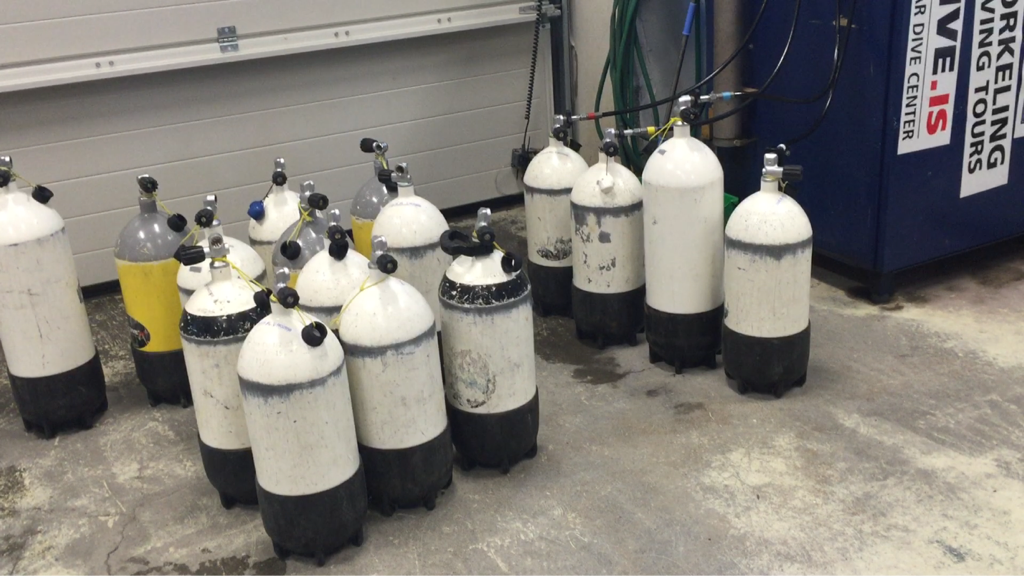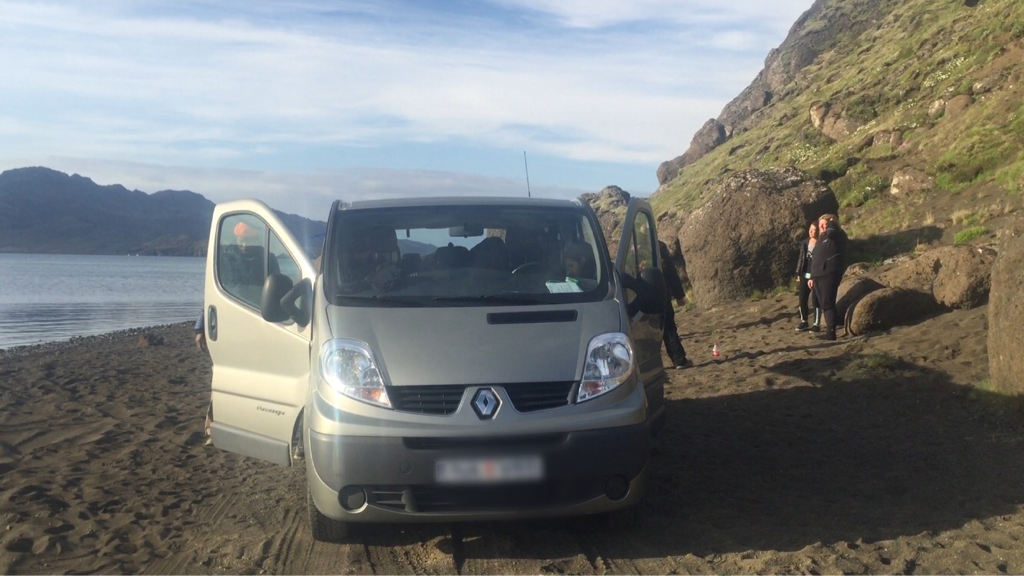
In June 2010, I got my open water certification from Phil Rake. It was a fun experience and he even convinced me to do an advanced open water course three months later. My course consisted of two days in the office watching PADI videos followed by knowledge reviews, RDP tables and dive planning. After I completed the course work we went to the pool. The first day I floated for 10 minutes and then did a quick 200 yard swim. After I got out of the pool he went over the dive gear required and how to put everything together. I practiced a few times and made a log of all the equipment I would need to bring from the confined dive sessions.
The pool session (from what I remembered) was pretty quick. I think I did it all in one afternoon (max 4 hours). The only part I felt nervous and panicked was the underwater swim without a mask.
From my log book I saw that I did 4 open water dives at the same location (Redondo Beach). They were shore dives, each lasting 21 minutes. Dive info: 65 °F water temp, full 7mm wetsuit with hood, gloves and booties, shore dive, max depth 35ft, weighted 18lbs in salt water. He separated all the tasks pretty evenly so that I wasn’t more tired one day then the next. We used the parking meters- so I don’t think we could of been at the beach for more than 4 hours.
*****FLASH FORWARD TO OPEN WATER IN ICELAND*****
This time around I participated in the confined pool session, and open water dives day 1 and 2. The pool session lasted from 930am to 840pm. No joke! – (however, we did take a lunch break at 12:50pm).
Iceland may be the most difficult place to get an open water certification. The day started off with the student swimming for 10 minutes. Then they needed to dry off and put on a drysuit and snorkel for 300 yards with fins. Afterwards, their instructor, briefed them on dive 1 requirements and reviewed the diving activities. As a divemaster trainee, we were each assigned a student to monitor. We sat behind each student as they completed the task.
Dive 1 required the students to do a buddy check, clear a partial flooded mask, breathe an alternate air source from another diver, descend, use an SPG, demonstrate hand signals, ascend, snorkel, manually inflate a BCD. This took about 2 hours to complete.
One of the students asked me how much time was required for the rest of the day- I wrongly guessed about 3 hours. From my experience, my pool session was about 4 hours, this was about triple the time. I wonder if its because they had to do all tasks in a dry suit?
Dive 2- one of the students struggled with the snorkel to regulator task. This requires one to take a deep breathe from a regulator and then slowly breathe out while changing to a snorkel. When the snorkel is secured, they need to do a deep breathe outwards to clear the snorkel. What most people fear is sucking in water and drowning. After a few attempts, the student’s sinus started to clog and make her tear up. Eventually she couldn’t breathe out of here nose and had problems taking a deep enough breathe to clear the snorkel. During the break, I tried explaining to her what happened and that in this case, I would blow out all the “snot” from the nose and wait for your sinuses to clear before reattempting the task. However, she was already wet and frustrated and decided not to continue. I forgot to mention that during dive 1, she felt uncomfortable with the neck collar and asked for it to be removed. This caused her dry suit to leak and make her cold during the long 2 hour dive session. I really felt bad that she could not get her open water certification. I think she’s a great swimmer, very smart, and has the ability to get this certification. Maybe another time…
I would go into more detail on Dive 3-5…. but you get the idea. By 840pm, everyone had left the pool and the staff was washing the floors. We rushed to throw everything outside of the pool so that the staff could close by 9pm. I was exhausted, both mentally and physically.
The next day we went to Davidsgja for Open water Dive 1 and 2. It was another 14 hour day. We were at the dive site from 930am to 630pm. Logistically, I think Iceland may be short of open water dive sites. I was spoiled walking from a parking lot, down stairs, and doing a shore dive in California. These students had to gear up in the gravel and get up walk down a stoney path into a stoney lake and then do a surface swim for about 100-200 meters (at least). This dive site didn’t have a proper bathroom so I held “it” for the entire day. On top of that, my zipper wasn’t closed on dive 1, so I spent the entire day freezing in my drysuit. I tried to downplay it, but it wasn’t very nice to be wet through the undergarment, two layers of clothing and thermals. We had 3 women students and 1 male student. One of the women, tried to hold her pee….. but then couldn’t last the entire 10 hour day, and then had a mad panic to get out of the dry suit. I was left lugging her 18kg of weight and gear out of the stoney water. The good news is that she didn’t pee her self. The bad news is that afterwards the dive master trainees had to round up all the weights from the “emergency weight drop.”
Whining alert!! 2 of the 3 DMTS were wet. I was wet from an opened zipper and the other student was wet from the wrist seal (he wasn’t allowed tape). Then we had to run back and forth in the water fetching weights. All the while, we put on a HAPPY face because we didn’t want the students to feel bad. One of the students actually pulled the instructor aside and was concerned that one of the DMTs needed help.
I could go on and on about all the bad things that day… but then what good would that do anyone?
Seeing how this day went, I knew we were going to have a very long day for Dive 3 and 4.
For Dive 3 and 4, we ended up at Kleifarvatn. The same site Patrik took us for the Geothermal tour. Patrik had carried the tanks of the customers to the dive site. At the end of the day we floated the gear and walked back in the water. I made a suggestion that we float the gear in the water, but was denied. So instead, I decided to stay back and go last (so that I could float my gear). The site was rather difficult because we had the placement of the car 200meters away from the dive site. While trying to be helpful, us DMTs carried the weights to the dive site. But then, that led to the students partially gearing up in one spot, and then trying to remember if they had everything. We forgot one weight pockets out of the students for the first dive.
Then the other customers started to get really cold because they were at the surface for 30+ minutes while waiting for another student to do her scuba remove and replace requirement. I almost forgot to mention that while securing a buoy for the CESA task, my weight pocket fell out and then I had horrible ascent from 6m. I was really thankful that the other DMT bailed me out and helped me retrieve my weight pocket. Thank god for fellow DMTs.
After the dive, the DMTs had a conversation on we should do the gear, we suggested that we leave the gear and only carry tanks back. We got half way through before our instructor came out of the water and told us to leave everything. So after walking back we started carrying tanks from the car, and realized we were too tired to carry everything. So we decided to float the gear. That led to another mix up, half of the gear was at the site and the other was at the car.
The instructor gave a dive briefing to do the tasks, swim past the craters, 3 minute stop, then CESA. At least thats what I remember him saying. We did a surface swim for at least 15 minutes before descending. Then we swam to the craters. The students kept hitting the sides and finning onto the crater. I was exhausted swimming around and trying to keep them away from the site. I was really concerned about the dive site and if there would be damage to the craters. By the time we left the craters, there was about 1ft of visibility from all the silt kicked up.
At the end of the dive, one of students was only at 40bar. I’ve never been so happy that someone was in the “red zone” for air. That meant we had to stop. The day had to end. Thank god.
I hope I never have to participate in an open water dive course again. Maybe I will change my mind in a week or two. Or at least, I pray that I will change my mind.
Diving should be fun, not exhausting. I hope my honest review isn’t too scary for anyone thinking about doing the DMT thing. But I wish someone had told me about this earlier so I wouldn’t be so surprised courses could be like this. Maybe there is some way the program could be improved so that it doesn’t end up like this again. Here’s hoping…
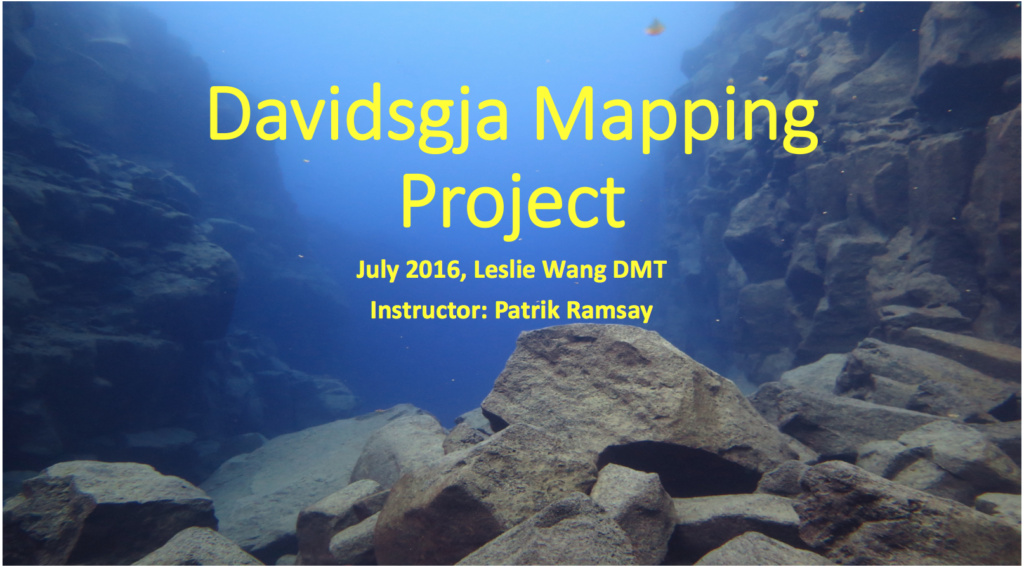
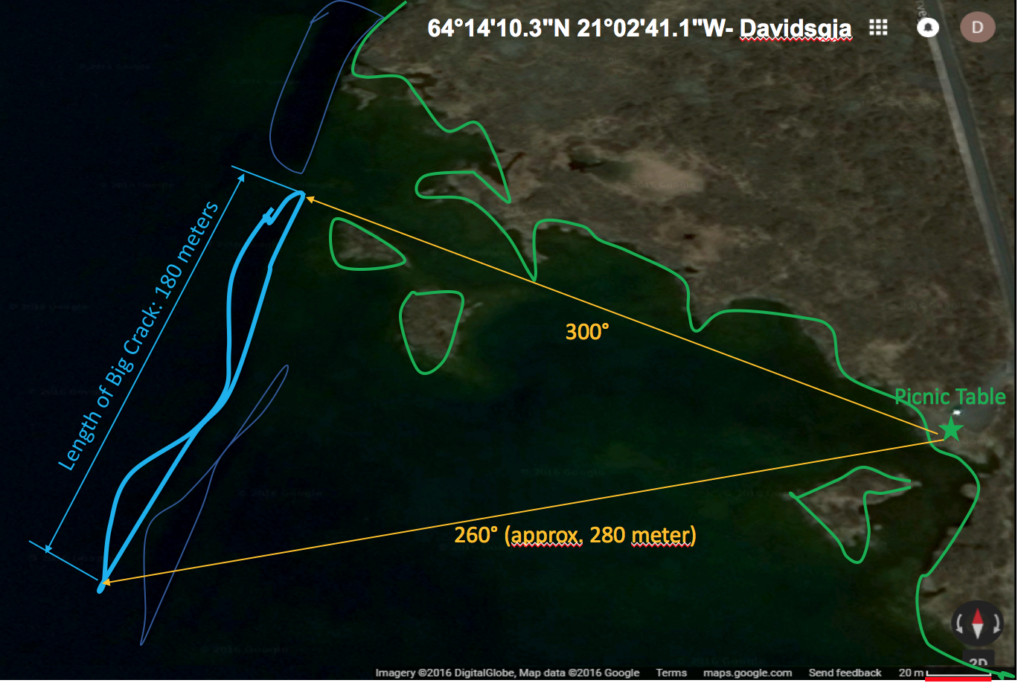

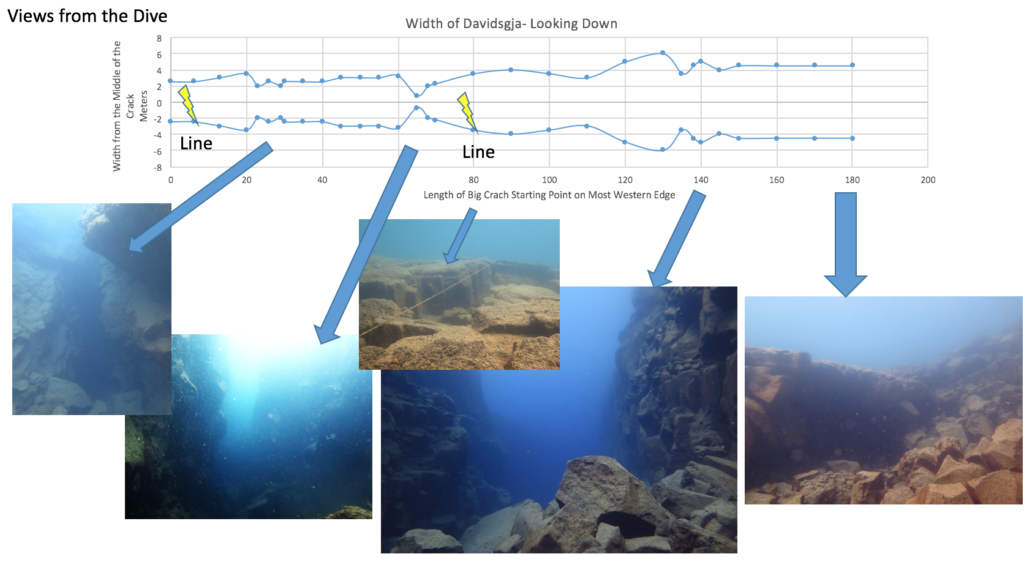
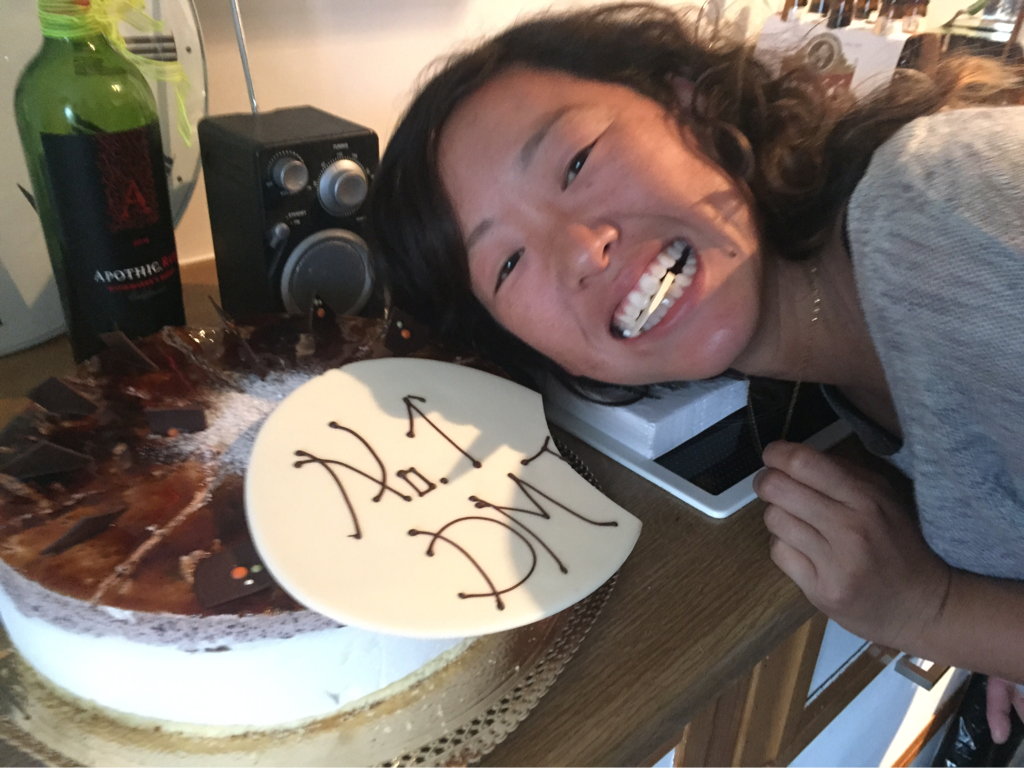 Wow. There are so many things that I want to say that I don’t know where to start.
Wow. There are so many things that I want to say that I don’t know where to start.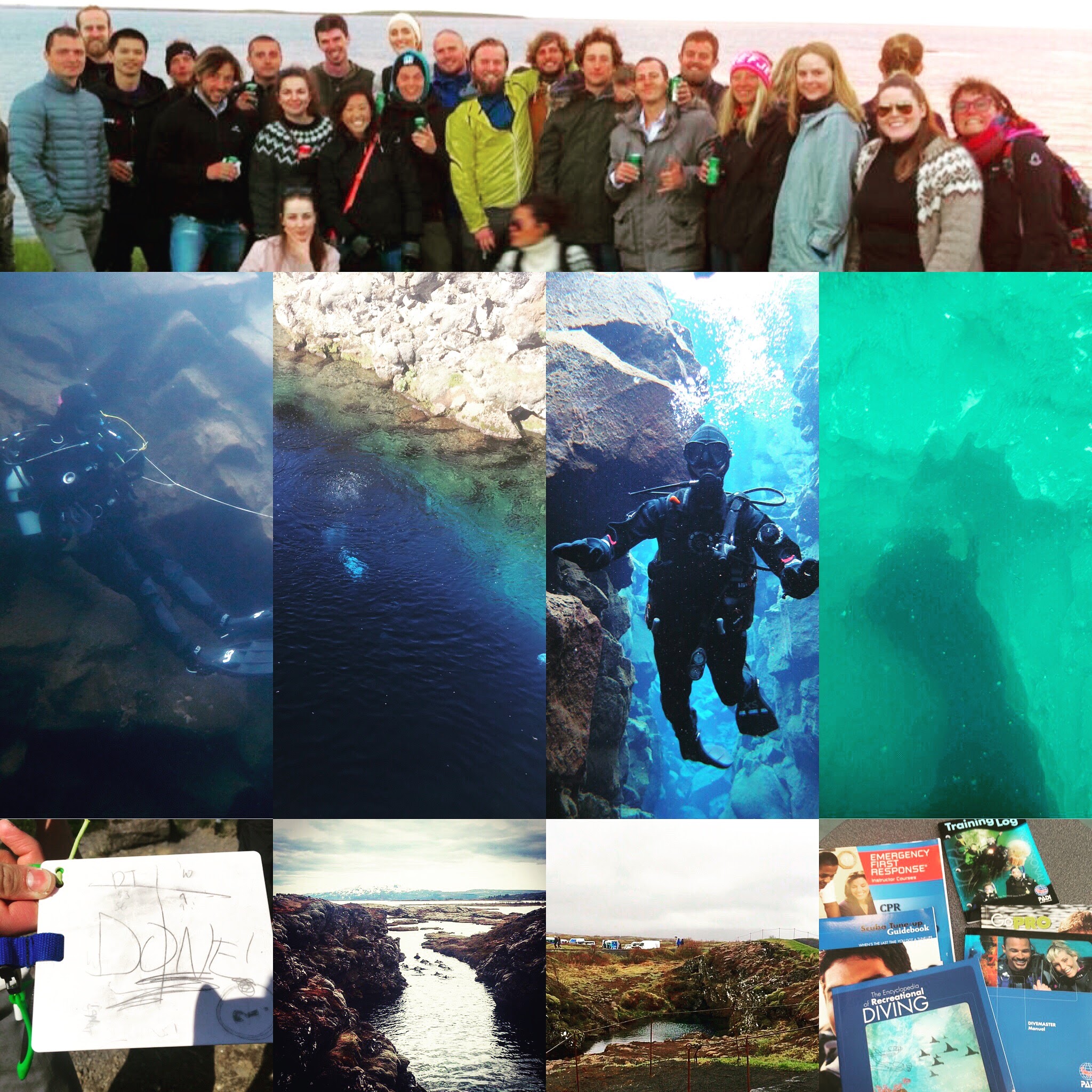 Yay! I’m done! Well kinda… I finished all my internship hours yesterday. These three months in Iceland have really flown by. There were definitely days where I missed America, but there were many more days hat I was really happy to be learning something new and be in a new environment.
Yay! I’m done! Well kinda… I finished all my internship hours yesterday. These three months in Iceland have really flown by. There were definitely days where I missed America, but there were many more days hat I was really happy to be learning something new and be in a new environment.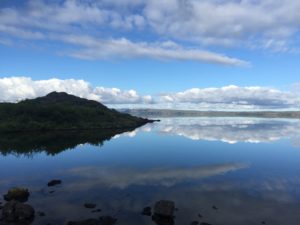
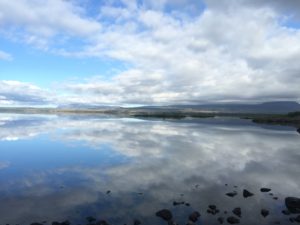
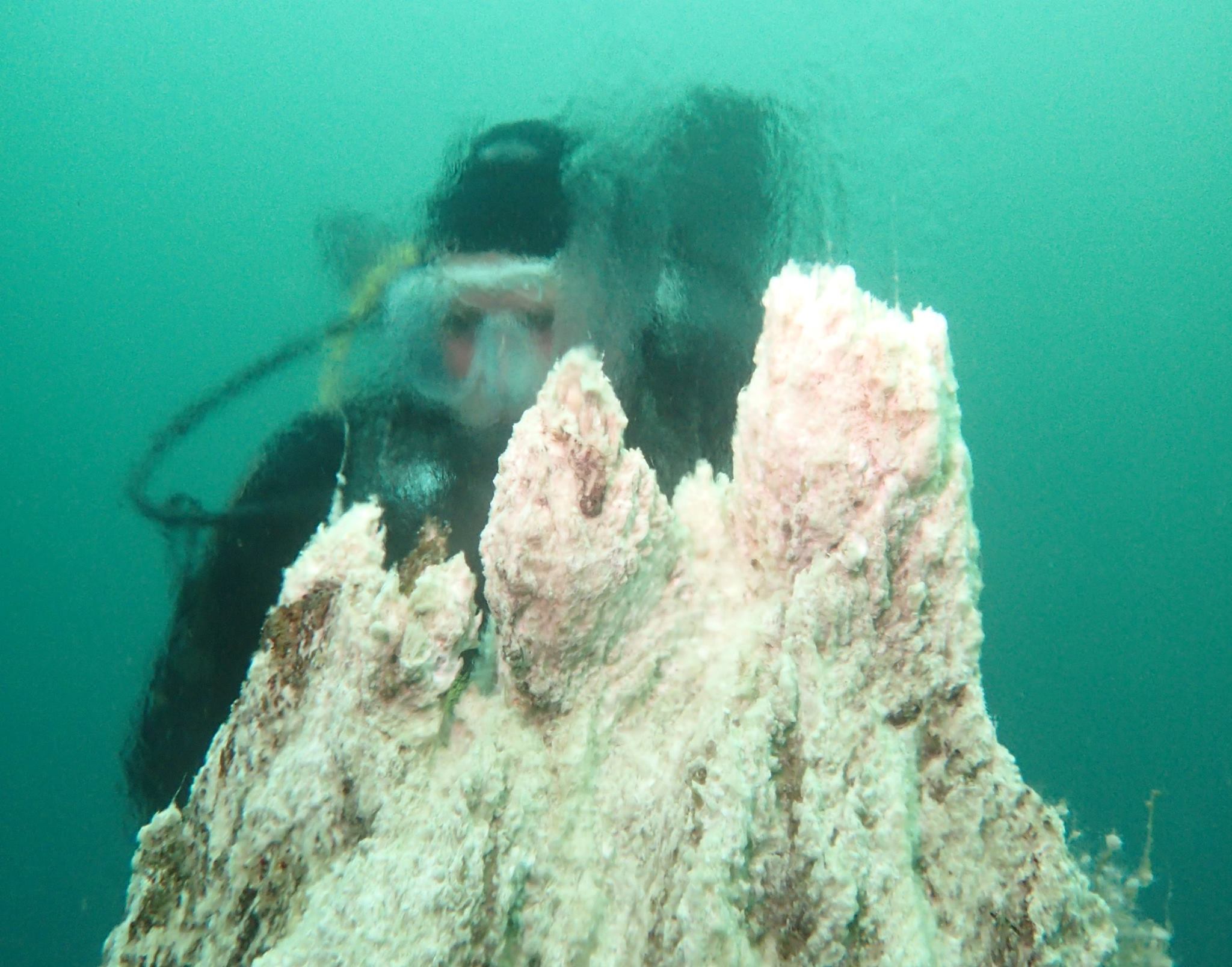
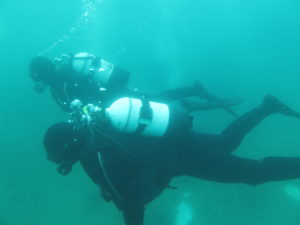 This week has been a whole lot of diving. I went to Kleifarvatn again and had my first free flowing regulator problem, followed by a diver requiring to manual inflate his BCD and use my alternate air source.
This week has been a whole lot of diving. I went to Kleifarvatn again and had my first free flowing regulator problem, followed by a diver requiring to manual inflate his BCD and use my alternate air source.
